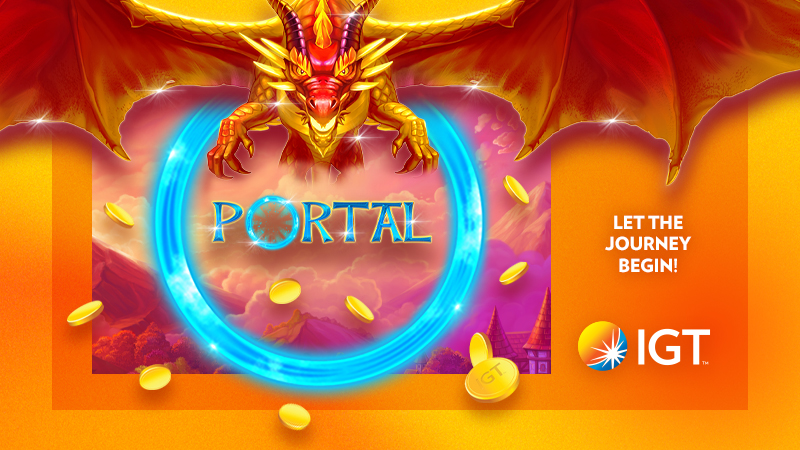IS IT ABOUT THE TURNOVER OR THE NET?
Since the 1980’s it has been common to hear people advise that “you can’t bank turnover”; meaning that you can only look at your net as a performance measure on machines. In reality, many clubs and hotels would just tackle the bottom 20% of machines (“the tail”), when trading out or converting, but prioritising these means evaluating their relative performance.
To start
In analysing game performance in this way you should always consider at least 3 months performance figures as a minimum. Analysing a single month can contain aberrations such as a player who likes a game being away, a new game affecting the performance of an older game in the short term and a position or room change.
In some cases there will be games that you can convert, particularly where the product is still relatively new and there are many good game change options available. This would include for example, earlier Aristocrat Viridian WS machines or IGT Neon games.
Tip: Produce a game ranking report over at least a 3 month period and separate the bottom 20% to work with just this list. Remove any game where it is worthwhile to complete a game conversion.
Turnover
Without a solid turnover on your machines you aren’t getting enough play to generate regular payouts for players, and a low turnover generates a poor net return, so using turnover as a performance measure is important.
Turnover is our customer’s direct vote on whether or not a game we add is a good one. As most club and hotel employees are unable to gamble in their own venues, we often don’t have a chance to play many of the new games outside of a trade show or a manufacturer’s showroom. The game chips in these machines are frequently “show programs”, designed to highlight the special features of the game, and are often not the same version of the game your players see. Most often we use game benchmarking tools to determine what games are likely to work, and the knowledge of the reps, rather than first-hand experience.
Most games would have a honeymoon period when new that lasts around 2-3 months. After that they will generally settle to around the level you would expect them to be for some time (high denominations take a little longer).
Tip: when looking at your tail for machine trades, remove anything that is under 2 months old.
Net
Equally important is that “bankable” net, however this is a different measure than it was years ago as the games have changed. To add volatility to games these days the designers have added on screen jackpots (by removing base game pays). We have often older standalone games operating at 88-89% return to player competing with new standalone progressive and symbol-driven jackpot games at 90-92% return. Added to this we also have lots of games with ante bets which affect this return to player percentage. For example, the extra 5 cents you pay in ‘5 Dragons’ or ‘Jetsetter’ that gives you access to more chances, symbols, or features.
It use to be a standard industry analysis tool when looking at net results, to use the “expected net” rather than the “actual net”. As well as being complicated by all the above game types, the addition of multigames to our gaming floors has made this benchmark less accurate. Players may be significantly favouring one game with a high return to player percentage in a multigame pack, and this can skew the actual net well away from the “carded percentage” (the percentage the game is supposed to operate at, that is the basis of the calculation for the expected net). If you take the average net over a few months you will get a much more accurate picture.
It is not uncommon to have an old standalone game that is well below average on turnover that still achieves a better net result than a newer SAP game that sits around the average.
Tip: Rank your remaining machines in the bottom 20% by net, and remove the better ones based on that result, leaving the games with the worst net result.
Age and book value
Any machine that is obsolete, such as old Aristocrat Mk5 and Mk6 machines that are at the bottom of the list is a good trade option however, there will be machines among the remaining games that still have a value on your books. If this is low enough, (e.g. the 3rd year of a 4 year write down so has a small book value of a few thousand dollars), then it is probably still worth leaving on your list of trade out options, but if it is only in its second year, accounts will have to write off the much larger value from your books. In this case it would probably be cheaper to look for a conversion option.
Tip: Remove any machines from your list that still have high book values.
Floor position
Every hotel and club has a poor position on the floor where even the best games will not work. There is normally a reason such as it’s in an uncomfortable position, there is an air conditioning vent above it, or a toilet door nearby and maybe something as simple as screening may assist. Failing that trading out one of these machines and putting another game in that spot is just going to result in a different game at the bottom of the rankings. Stick something old but solid, such as a ‘5 Dragons’, in that spot, or try and fix it.
Tip: Remove any machines from your list that are in a poor position.
By just using these few simple metrics you should reduce a large list to a just few options for a trade against a new machine.











